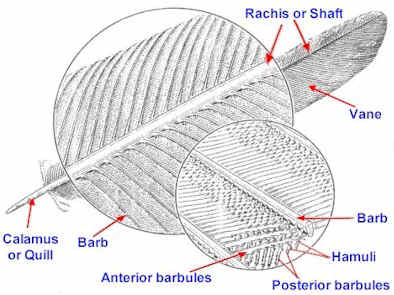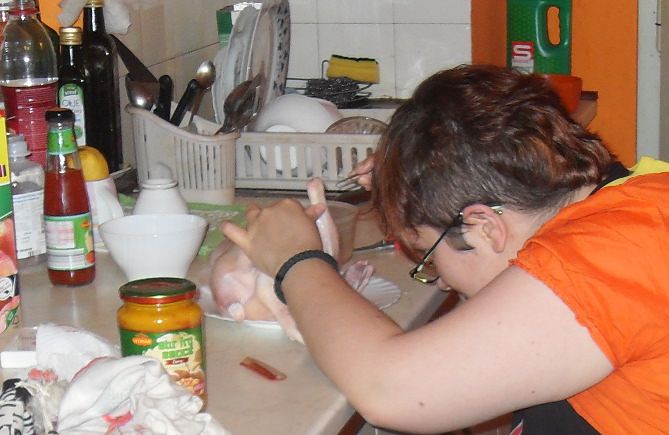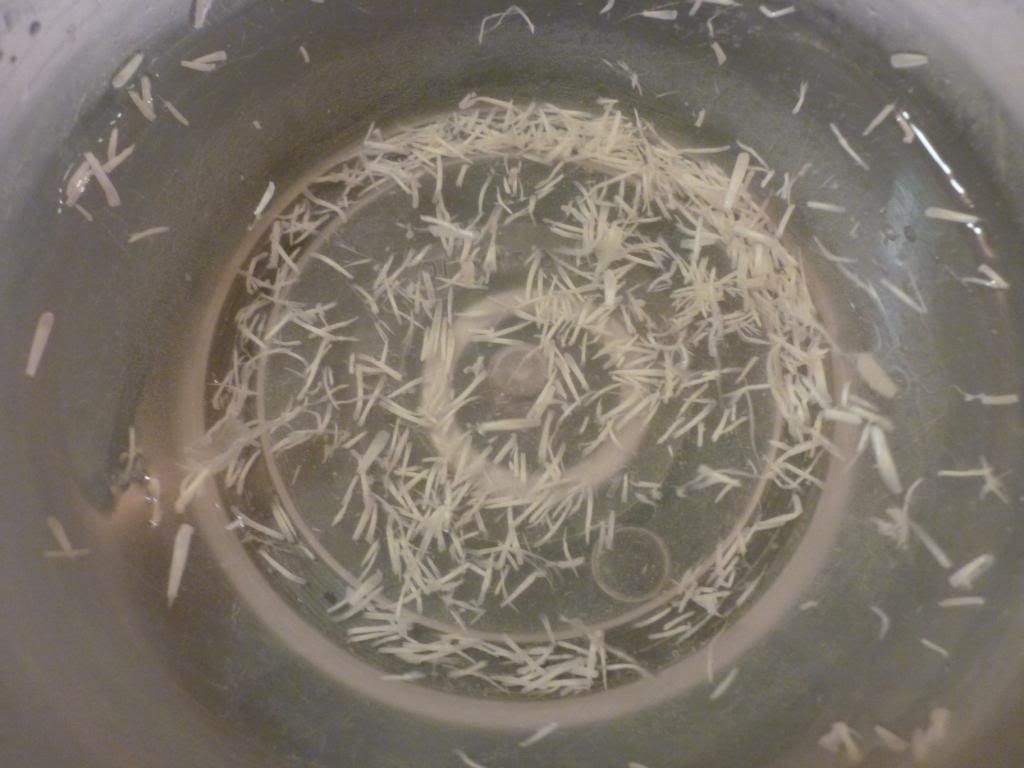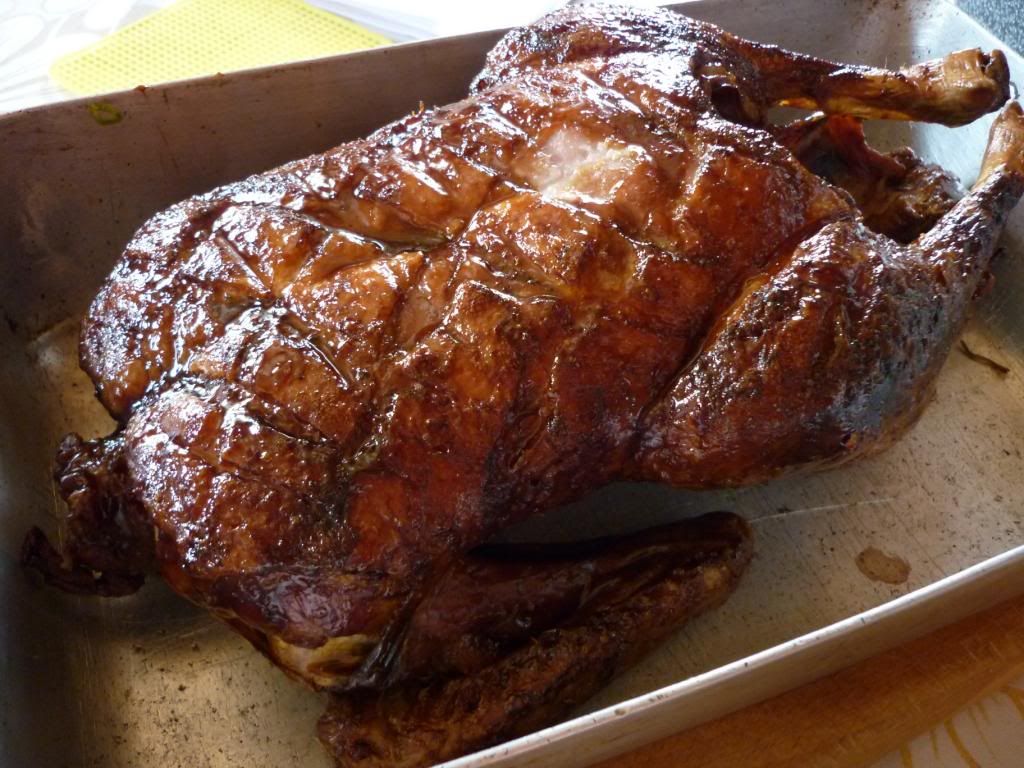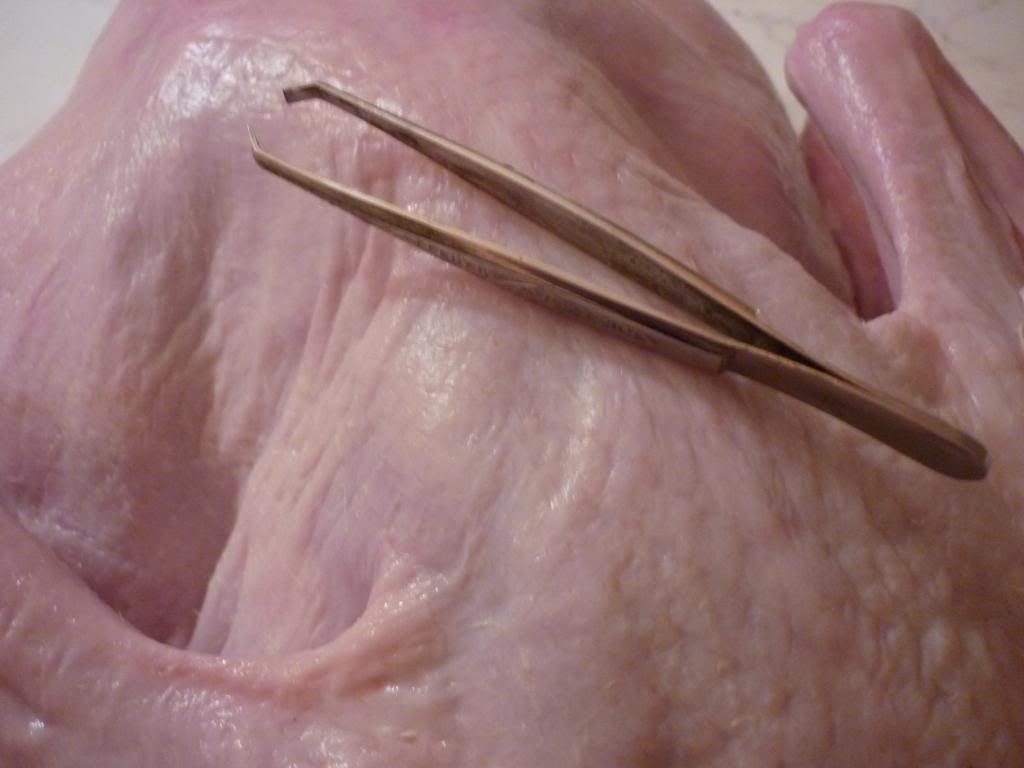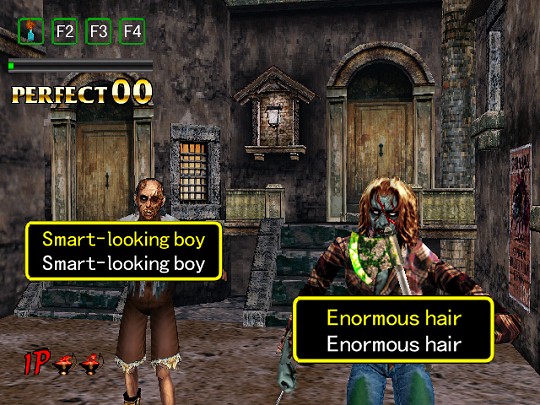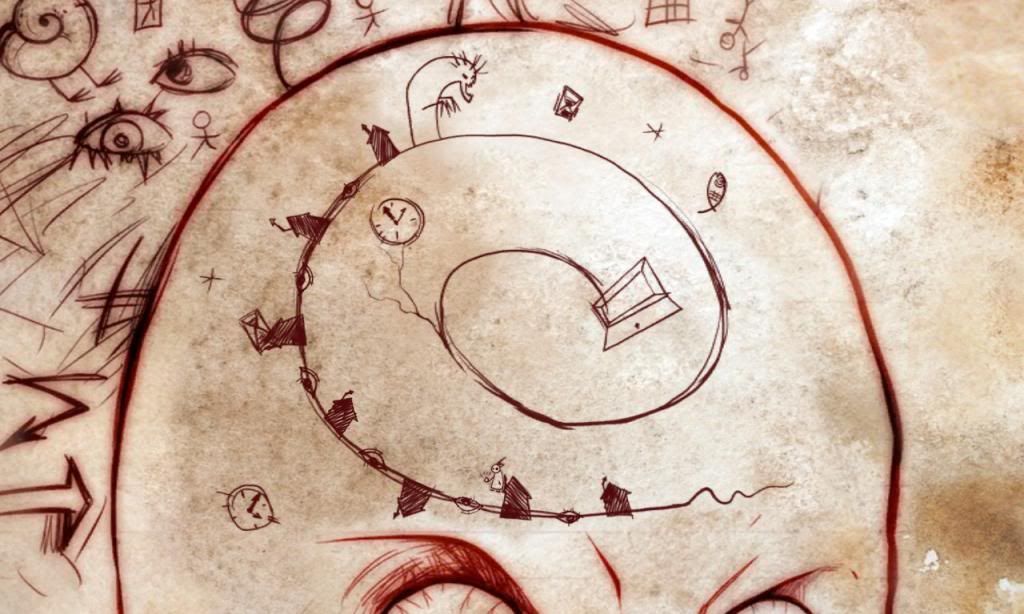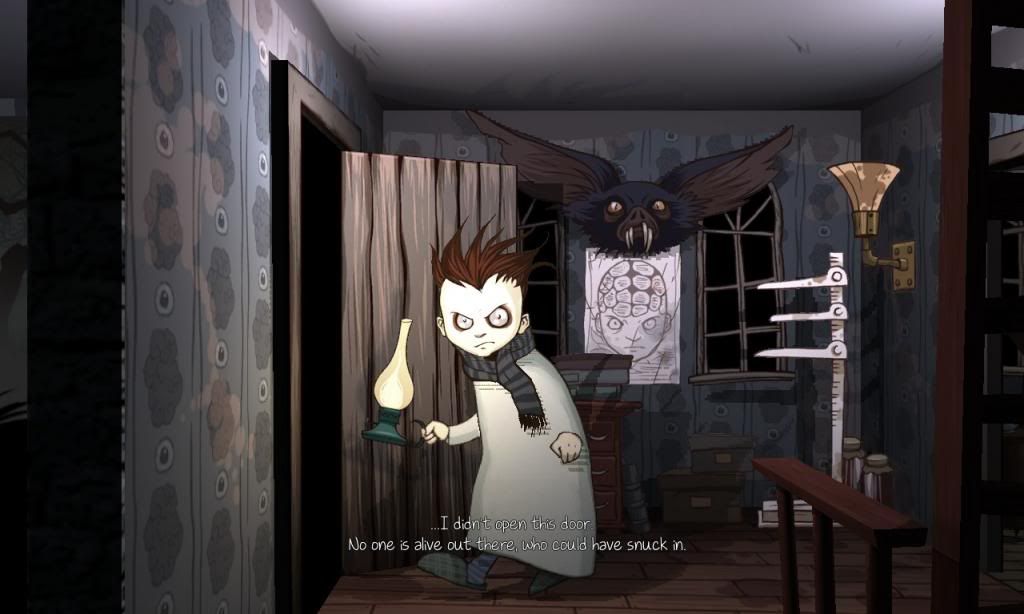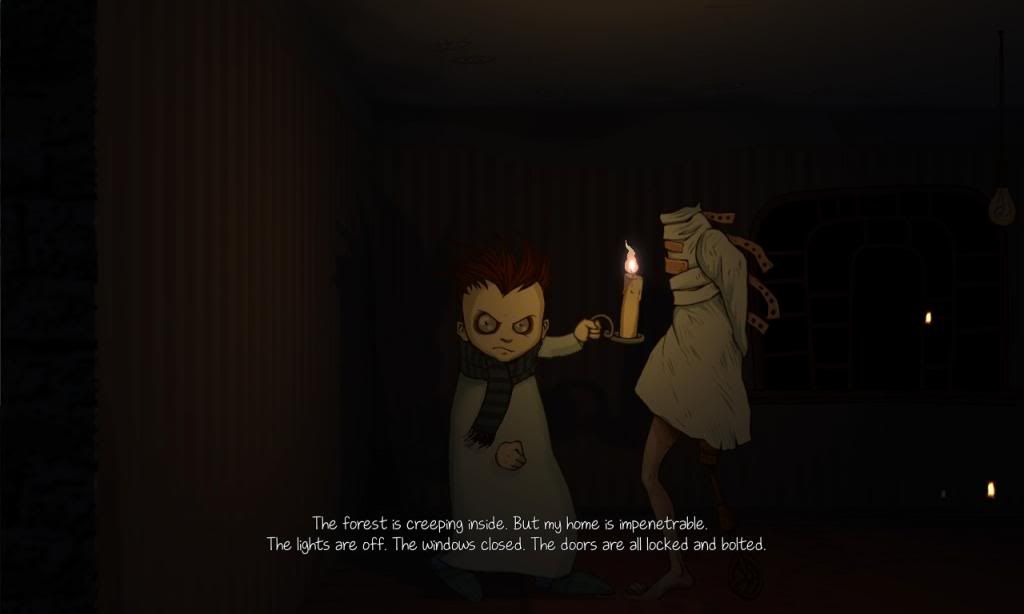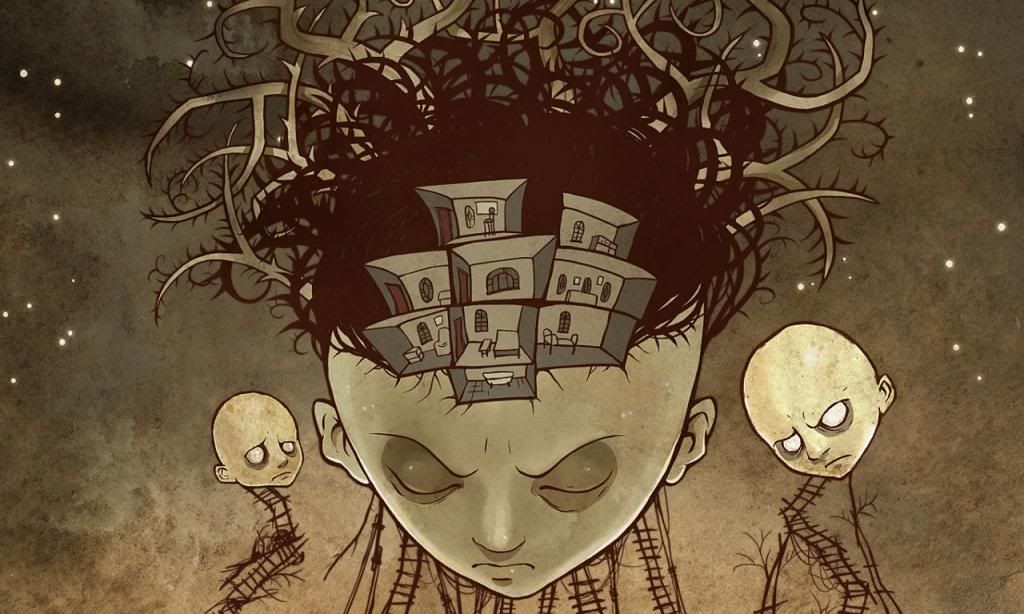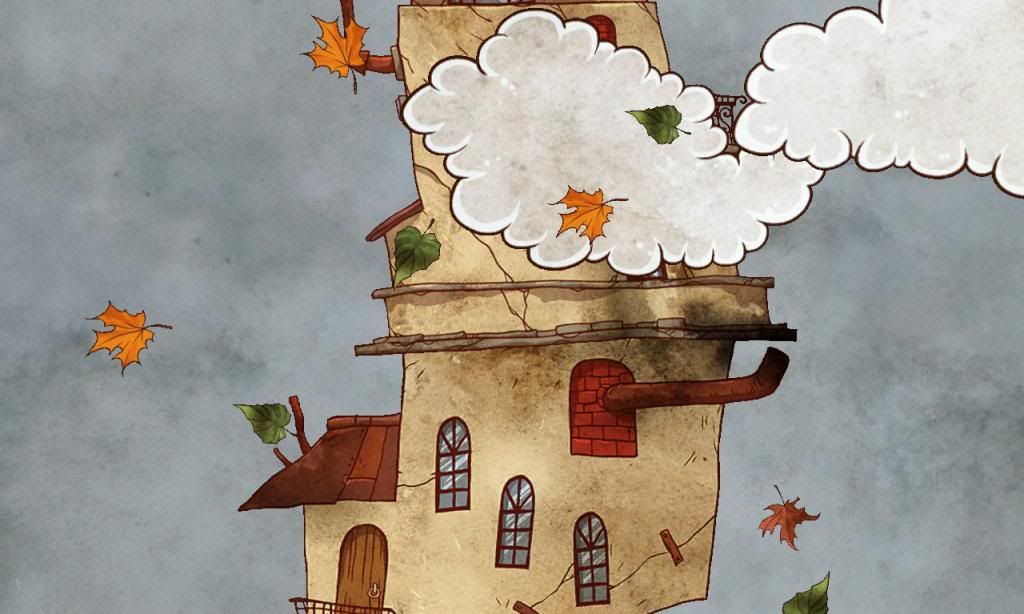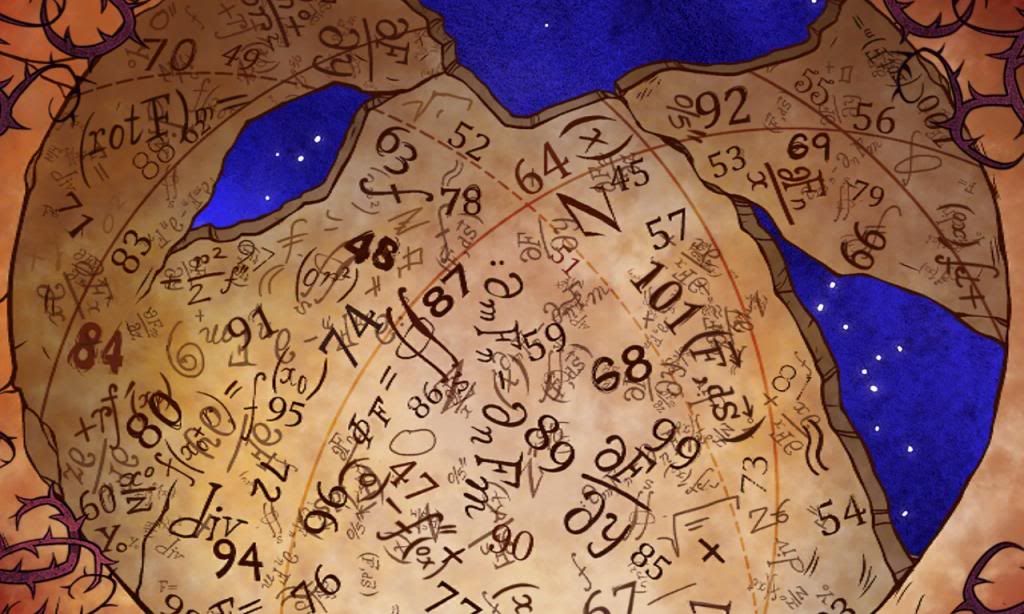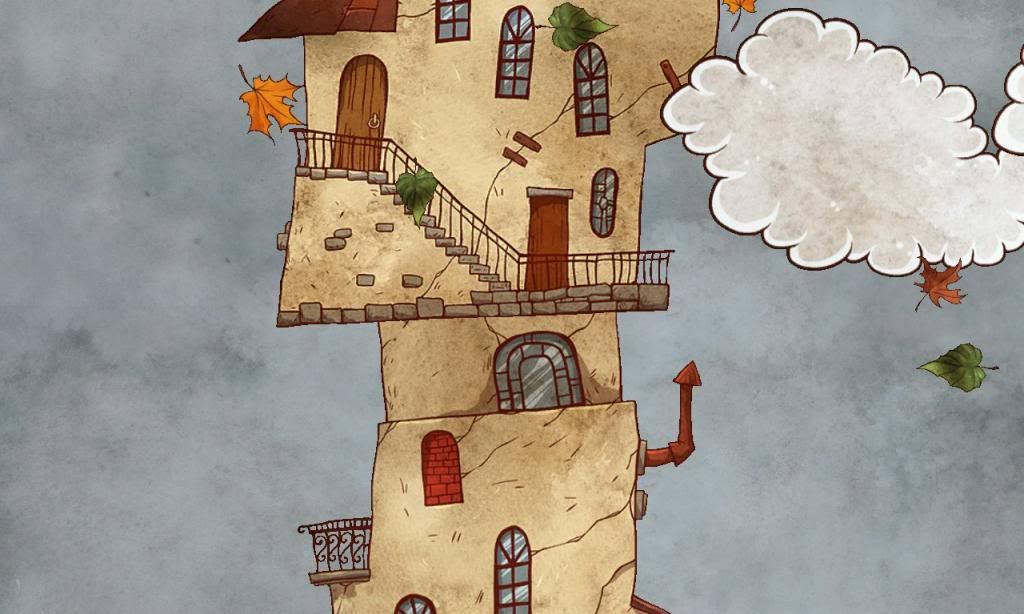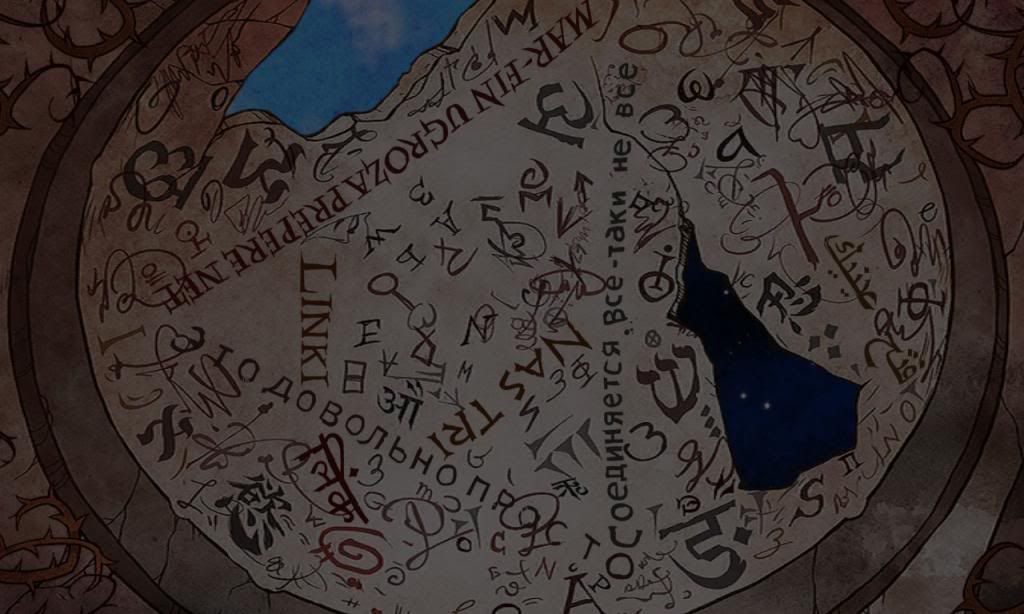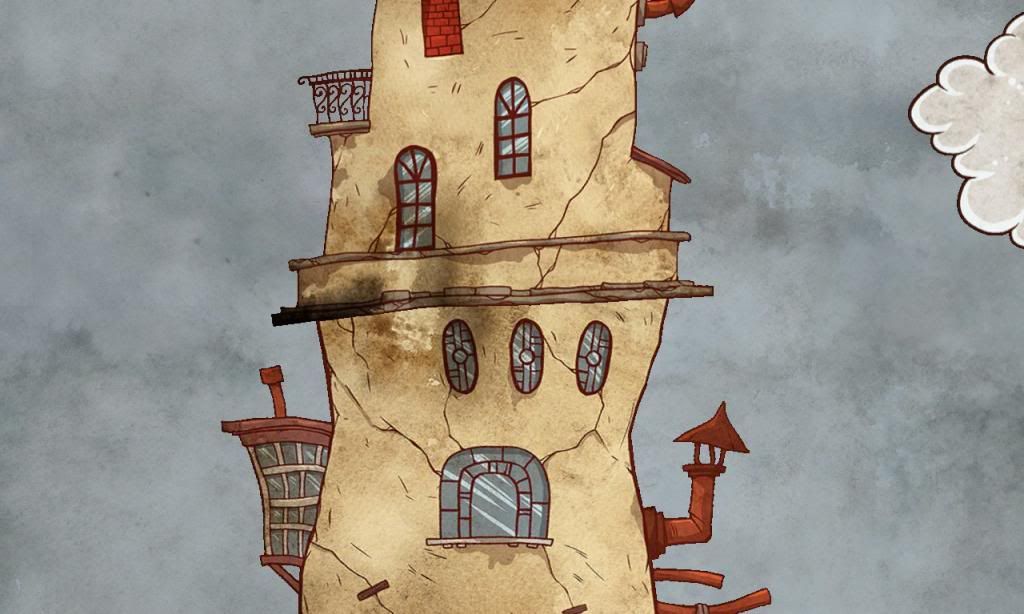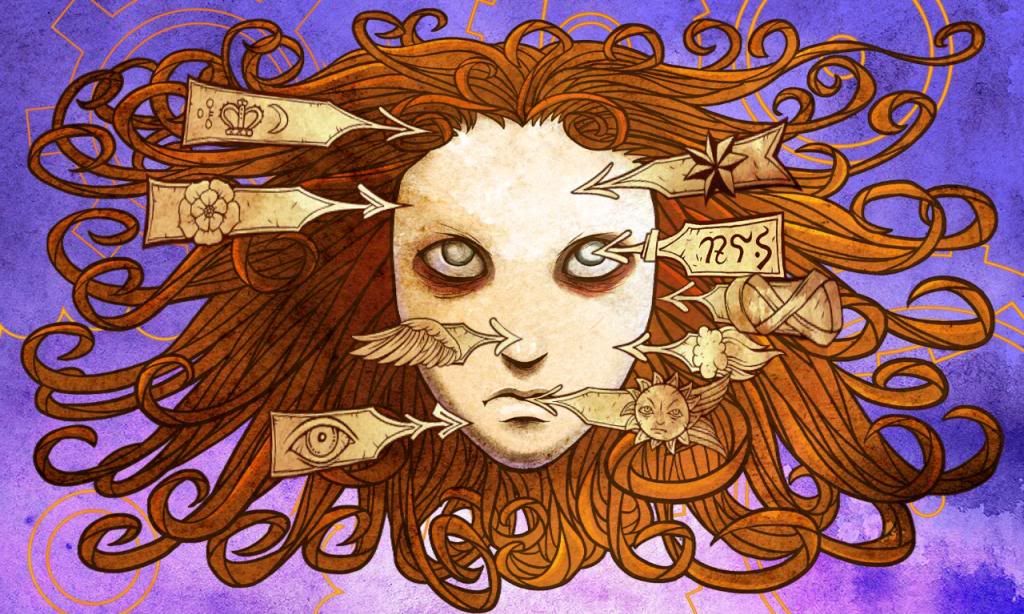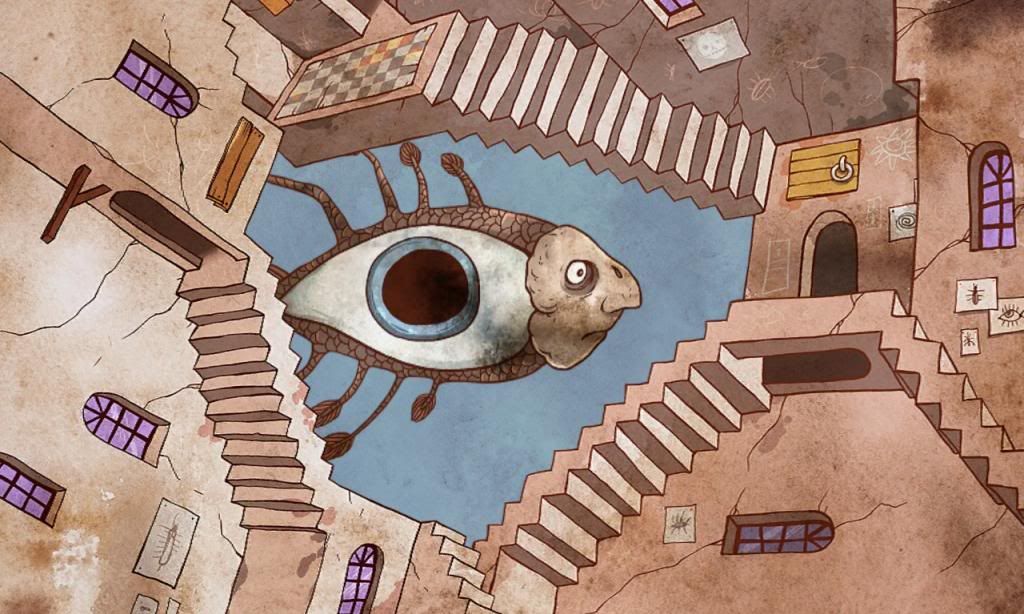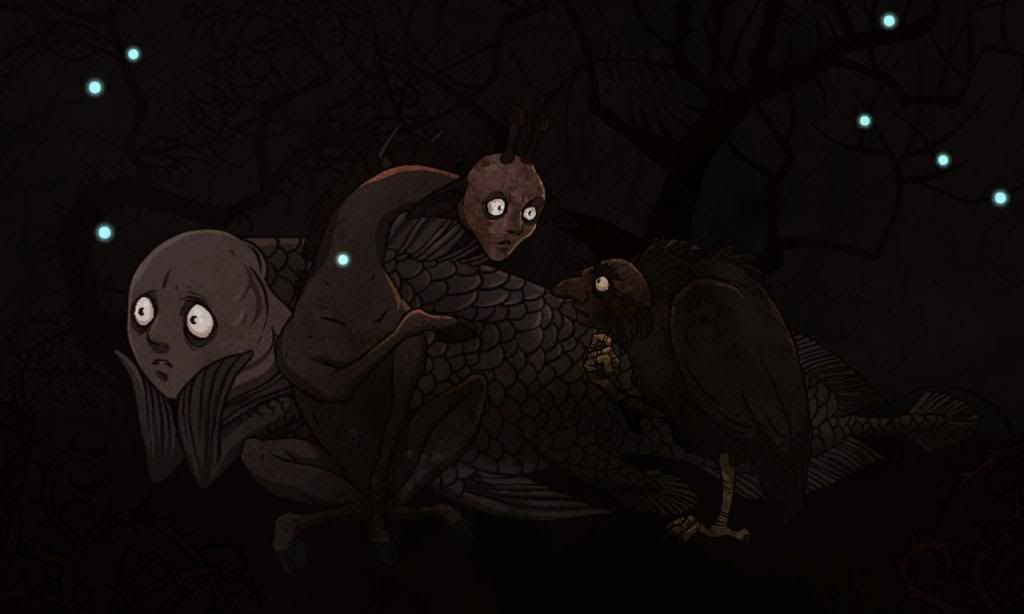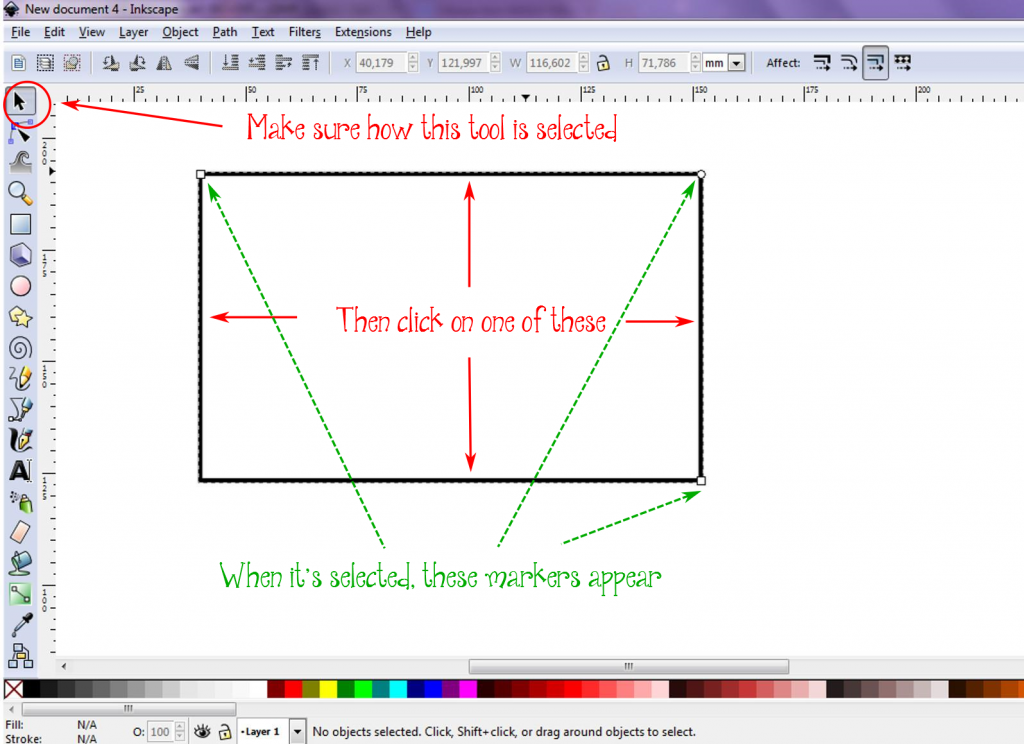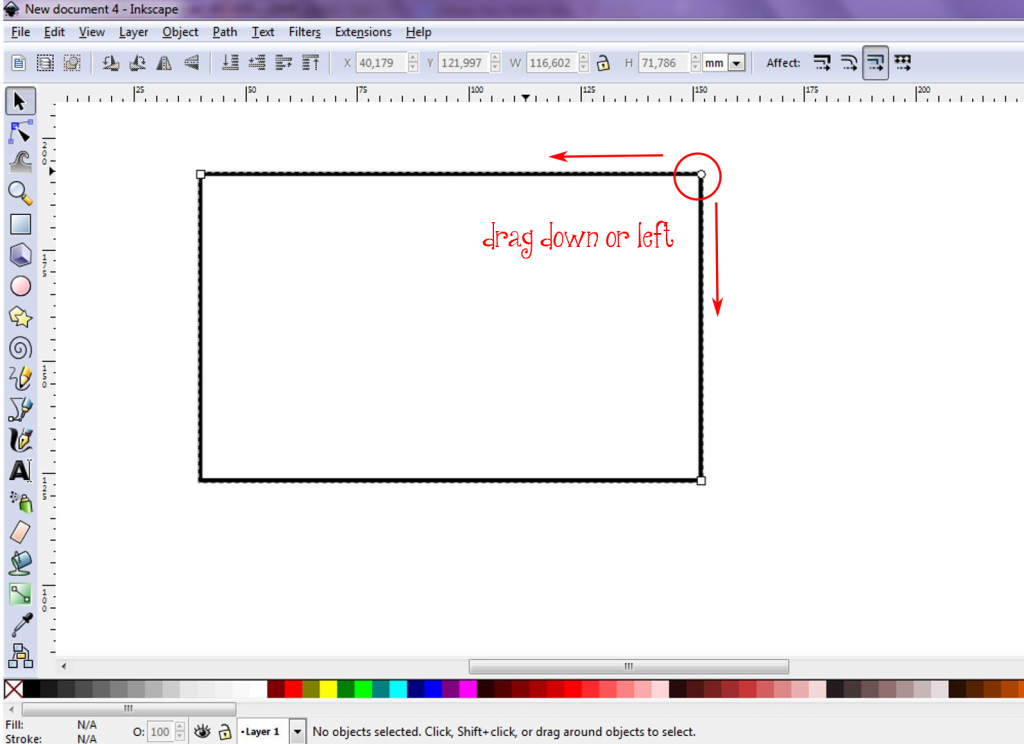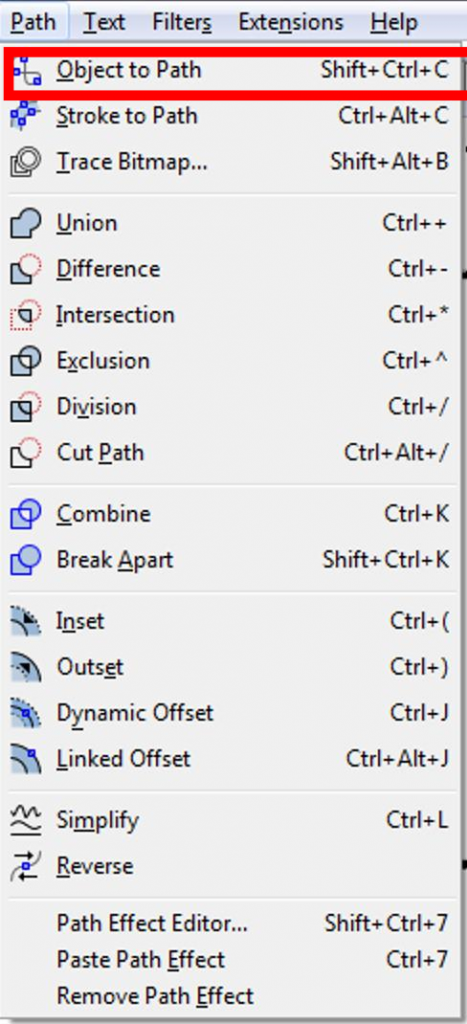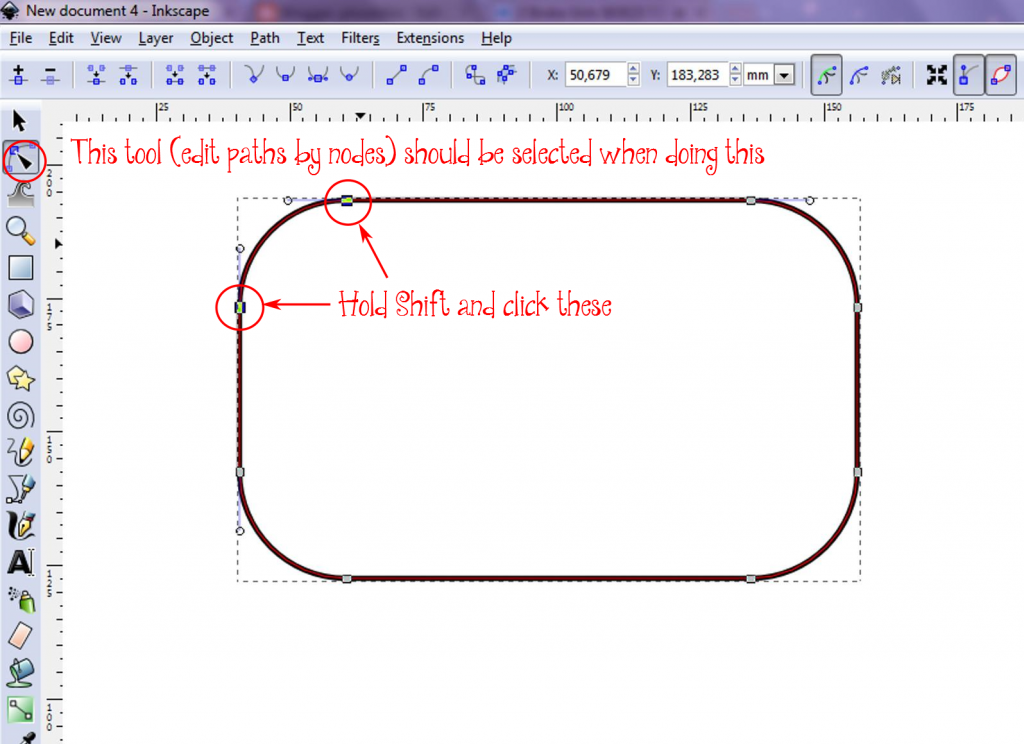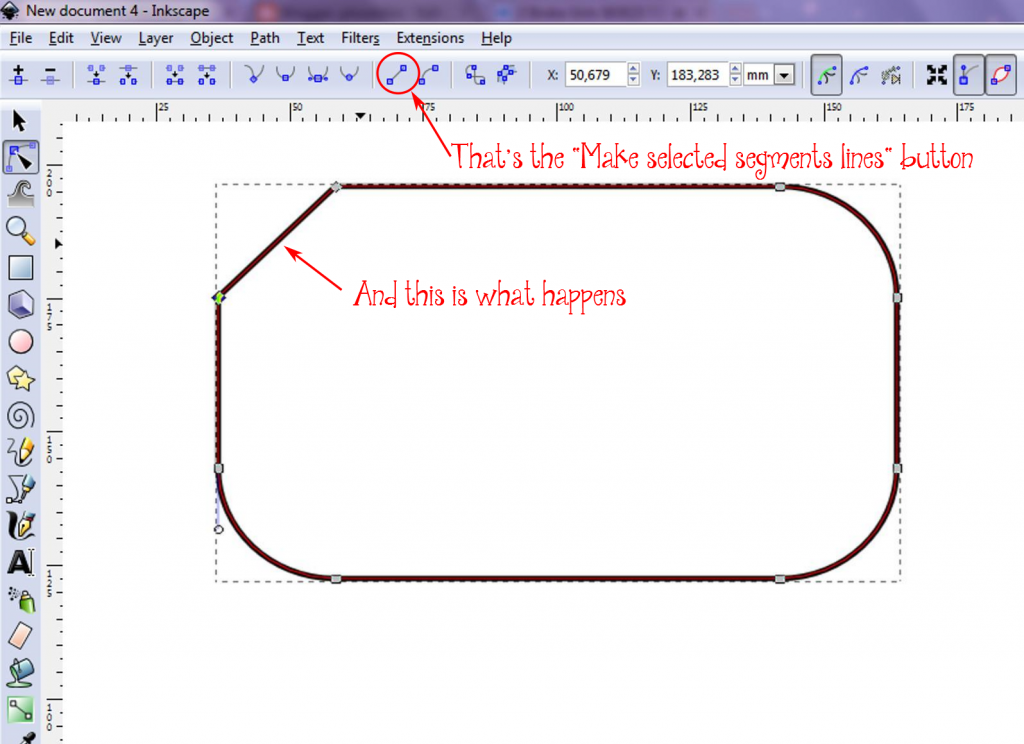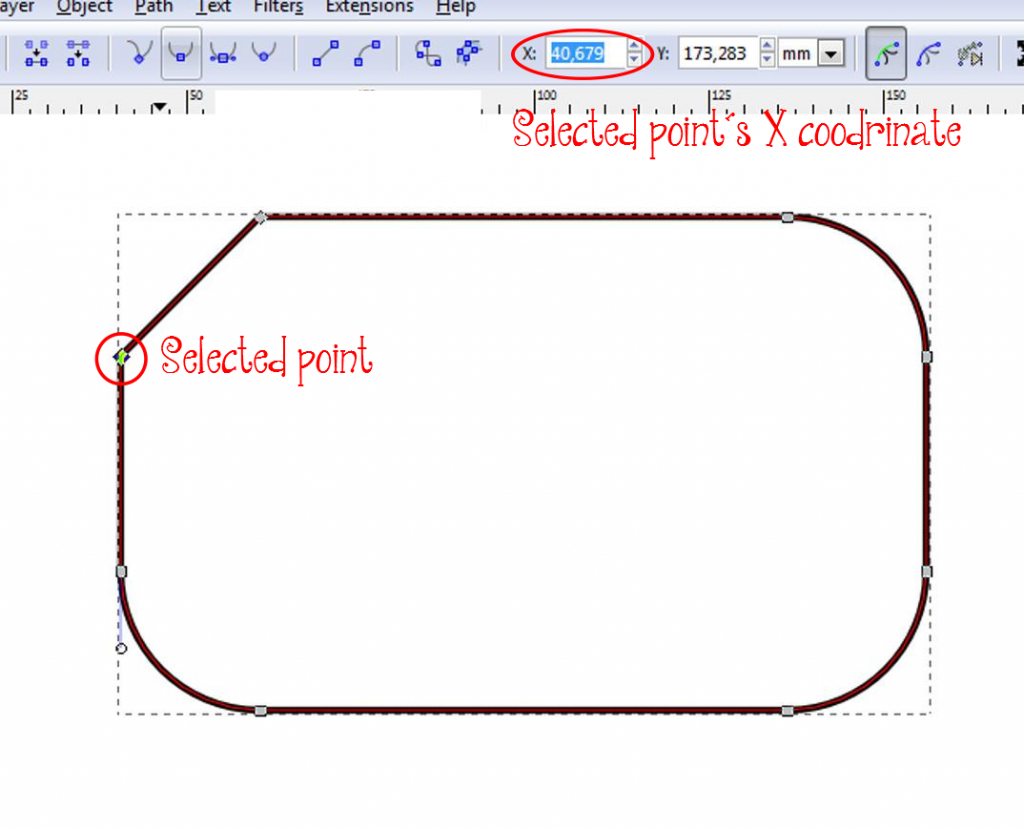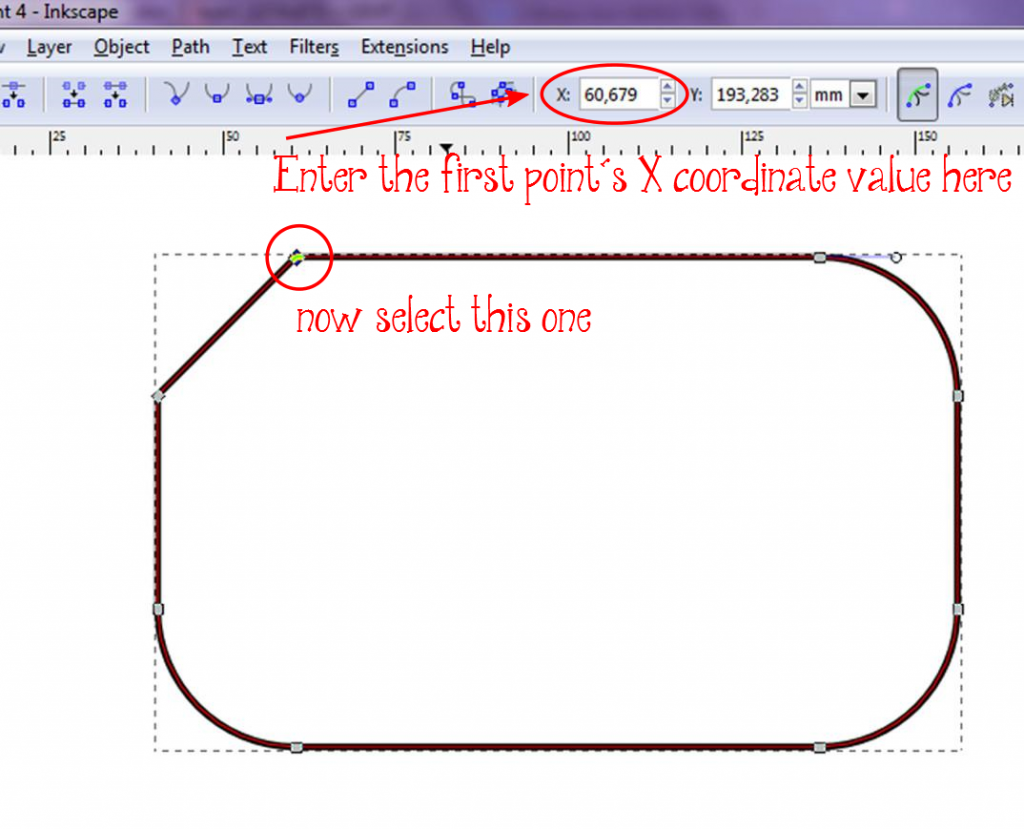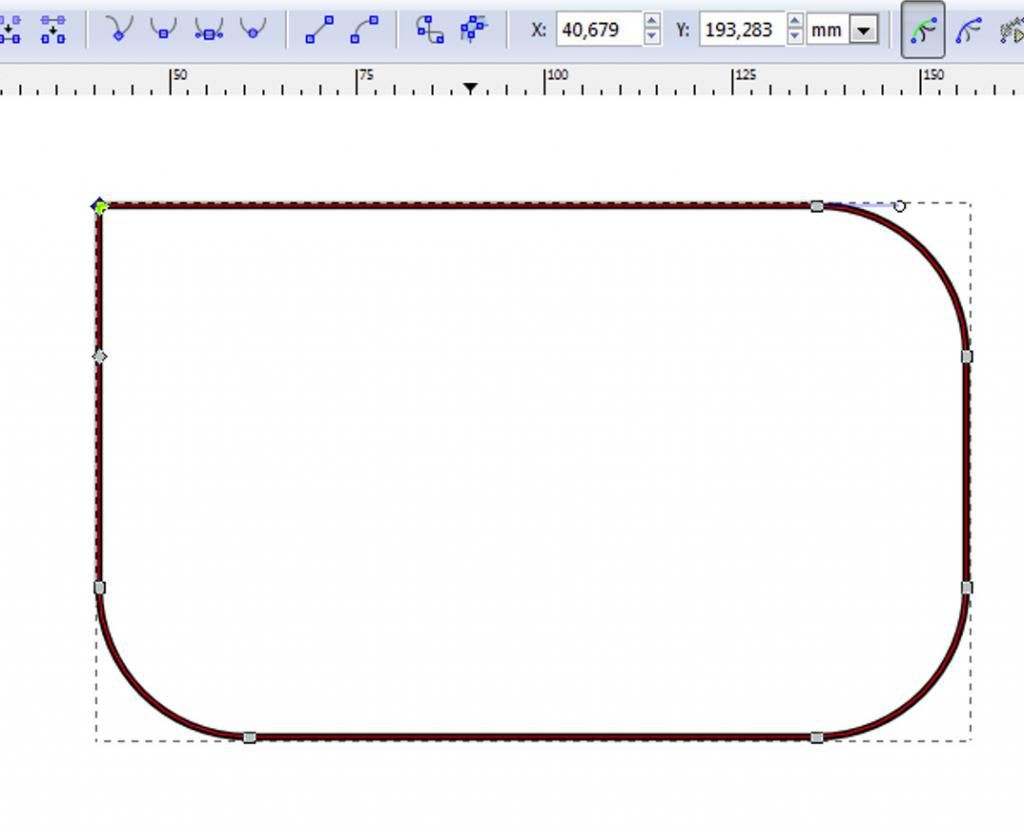Feature time, everybody! This week, I bring you the wonderful work of Demiveemon aka Michelle. She put in quite a bit of effort into her answers, so read carefully and learn how she plushes the way she does. Newbies, pay special attention to the hints and tips section (question 4), because this lady will lay some XP on you! To see more of Michelle's work, you should stop by her gallery
1) How did you first get into making plushies?
I remember that my mom brought home some creme colored scrap fabric once. Since it was velour fabric, it was a wee bit furry and I decided that I wanted to make a floppy plush kitten, based on one I knew from a children's story I always adored. It failed miserably and afterwards there wasn't enough fabric left for a second try. Unwilling to throw the scraps away, I eventually began turning them into tiny animals, that I sold to the teachers at my school. They were very make-shift to say the least, poorly held together by stitches, loops of thread and sometimes even glue. Sometimes I would use markers to color the critters, which made them feel more or less.... well, inky.
Some time later I saw an official Pikachu plush in the toy store and thought that it was looking quite horrible, not at all like in the television show. I didn't know back then, that it was based on the original design and as such, was looking pretty much the same. Either way I was convinced that I could do better and it prompted me into wanting to make one myself, so I bought some fabric and made a life size one. Thinking back, it wasn't any different than those tiny critters. The pattern was really coarse and the intended shape was given afterwards with loops and stitches. looking at it from below would show some pretty messy stitching there...
Either way, being a perfectionist, those attempts awoke an interest to learn a bit more about plush making and sewing in general. When we got to pick some extra classes in school, I would go for plush sewing classes or similar if available.
2) Do you have any art-related plans for the future?
I hope to make a name for myself and my creations one day. Until then I'll keep plushing and see what happens.
 3) How do you coordinate your making time with the rest of your life?
3) How do you coordinate your making time with the rest of your life?
I feel most artistic and at ease in the evenings, after the everyday chores have been dealt with, so that's when I'll get started. Usually I'll work well into the small hours and resume again the next evening - until the plush is finished. Since I don't want to lose the joy of plushing, I only plush when I'm in the mood for it (unless it's a commission, then it becomes a top priority)
4) Any hints and tips you’d be willing to share?
Get to know the basics of sewing. I wasn't particular fond of textile class in the early years of school, but looking back, I'm ever so thankful that it was mandatory. Knowing the basics will help you plan your sewing-project better and avoid many of the pitfalls. It will give you a solid foundation to build on. If you didn't have textile class (or slept during it), Internet is a great place to look in. There are lots of sewing forums, tutorials and tips and tricks out there. Many fellow crafters are willing to answer general questions too, as long as it doesn't concern any of their trade secrets.
Never buy fabric over the Internet, unless the seller offer samples that you can get before hand. Photographing fabric is very difficult, so the color on the photo may look very different, from what you're actually getting. Another benefit from samples, is that you can see and feel the quality.
If you order from another country or over seas, you need to be wary of the shipping cost and customs that may add onto the price.
Tools that are nice to have:
I remember that my mom brought home some creme colored scrap fabric once. Since it was velour fabric, it was a wee bit furry and I decided that I wanted to make a floppy plush kitten, based on one I knew from a children's story I always adored. It failed miserably and afterwards there wasn't enough fabric left for a second try. Unwilling to throw the scraps away, I eventually began turning them into tiny animals, that I sold to the teachers at my school. They were very make-shift to say the least, poorly held together by stitches, loops of thread and sometimes even glue. Sometimes I would use markers to color the critters, which made them feel more or less.... well, inky.
Some time later I saw an official Pikachu plush in the toy store and thought that it was looking quite horrible, not at all like in the television show. I didn't know back then, that it was based on the original design and as such, was looking pretty much the same. Either way I was convinced that I could do better and it prompted me into wanting to make one myself, so I bought some fabric and made a life size one. Thinking back, it wasn't any different than those tiny critters. The pattern was really coarse and the intended shape was given afterwards with loops and stitches. looking at it from below would show some pretty messy stitching there...
Either way, being a perfectionist, those attempts awoke an interest to learn a bit more about plush making and sewing in general. When we got to pick some extra classes in school, I would go for plush sewing classes or similar if available.
2) Do you have any art-related plans for the future?
I hope to make a name for myself and my creations one day. Until then I'll keep plushing and see what happens.
 3) How do you coordinate your making time with the rest of your life?
3) How do you coordinate your making time with the rest of your life?I feel most artistic and at ease in the evenings, after the everyday chores have been dealt with, so that's when I'll get started. Usually I'll work well into the small hours and resume again the next evening - until the plush is finished. Since I don't want to lose the joy of plushing, I only plush when I'm in the mood for it (unless it's a commission, then it becomes a top priority)
4) Any hints and tips you’d be willing to share?
Get to know the basics of sewing. I wasn't particular fond of textile class in the early years of school, but looking back, I'm ever so thankful that it was mandatory. Knowing the basics will help you plan your sewing-project better and avoid many of the pitfalls. It will give you a solid foundation to build on. If you didn't have textile class (or slept during it), Internet is a great place to look in. There are lots of sewing forums, tutorials and tips and tricks out there. Many fellow crafters are willing to answer general questions too, as long as it doesn't concern any of their trade secrets.
Never buy fabric over the Internet, unless the seller offer samples that you can get before hand. Photographing fabric is very difficult, so the color on the photo may look very different, from what you're actually getting. Another benefit from samples, is that you can see and feel the quality.
If you order from another country or over seas, you need to be wary of the shipping cost and customs that may add onto the price.
Tools that are nice to have:
 FrayCheck
- This is a great product that stops your fabric from fraying along the
edges. Depending on what you're making, leaving a sufficient seam
allowance isn't always an option. FrayCheck secures the edges of the
fabric, so that they can't unravel. The treated areas get a bit stiff,
but the glue becomes invisible and is wash-proof. If it wasn't for
FrayCheck, I wouldn't have been able to make the fins on my pufferfish
the way I did.
FrayCheck
- This is a great product that stops your fabric from fraying along the
edges. Depending on what you're making, leaving a sufficient seam
allowance isn't always an option. FrayCheck secures the edges of the
fabric, so that they can't unravel. The treated areas get a bit stiff,
but the glue becomes invisible and is wash-proof. If it wasn't for
FrayCheck, I wouldn't have been able to make the fins on my pufferfish
the way I did.Another cool product from the same brand is LiquidStitch. I wish I would have known about these two a lot earlier...
Gel-pens - A God sent when you need to transfer your pattern to the backing of your furry fabric. So much easier, than using crayon and textile markers. Make sure that the gel-pen doesn't bleed through the fabric though!
Pliers - Sometimes it can be very hard to get the needle through a particularly dense layer of fabrics. Do your hands a favor and keep a pair of pliers next to you. It's so much easier and you wont run the risk of damaging the ligaments in your hands and wrists.
Cutter and a cutting board - If you work with furry fabrics, the most effective (and least messy) way of cutting out pieces, is to place the fabric (fur down) on a cutting board and use a cutter. Don't forget to add seam allowance around the shapes and do not press too hard. You just want to cut through the backing layer of fabric, not the fur below. Oh, and speaking of fussy fabrics. Whenever it has been cut (for example at the store), make sure to remove any lose fur along the newly cut edges. that way you won't have loose fuss floating around everywhere, every time you handle your fabrics.
5) Or inspiring words for those just starting out?
If you have an idea, give it a try! If you fail miserably, try again! Don't view it as a failure, but as a learning curve. The experiences you've made will guide you towards better solutions and help you become aware of pit holes you may never have considered and dealt with otherwise.
Whenever I make a new plush, I start out making a felt prototype. Felt doesn't fray, you can draw on it with markers (good for making corrections to the pattern), it's easy to come by and it's cheap.
6) What do your family and friends think of your plushies?
They've always been very positive and supportive about my creations.
Special thanks goes to my mother, who has bought several of my plushies over the years and who always encourage me, that I shouldn't sell my work too cheaply. Also to my beloved and his family, who always offer their full support and even got together to give me an embroidery machine for my 30th birthday.
7) Do you like commissions and why?
With few exceptions, I'm always open for commissions on one of my earlier creations and enjoy doing them. I get to use one of my patterns again, which is nice, since I spend a lot of time developing them. Making a plush I'm already familiar with also makes it easier for me to estimate the time I'll need, how much it will cost and if the materials are still available to me. Living in Denmark, means that the available range of colors and qualities of fabrics suited for plushies is very limited, along with high prices and shipping costs.
Due to this I'm a lot more reserved when it comes to custom commissions A custom plush means a big investment of time and work for a pattern, that I'll probably only be able to use on that one occasion. It might also include custom materials, that will first need to be found and then bought. It's hard to make any estimates that hold true and pricing a custom plush is something of a gamble. It's hard to make it worthwhile, unless the commissioner is fine with the prospect, that the initially given price estimate might sky rocket, as the plush turns out to be more troublesome than originally thought...
8) Have you ever done any collaborations and if so, how was it?
Nothing plush related, no.
9) What scale do you prefer: making small or large things? Or somewhere in the middle?
I like making fairly small things, but it really depends on what kind of thing I'm making and what for. When it comes to plushies, I like to keep them small, as it's more practical. They take less materials, don't take a lot of space and are easier/cheaper to ship. On the other hand I fancy the idea of making a large mammoth plush someday. But I have no clue what I might need to reinforce it with, for it to be able to keep its pose and it would also be a rather impractical plush to have it sitting around somewhere. Tempting as it is, it will probably just remain a fun idea.
10) Do you have a theme that goes through all your work and if so, what is it?
Not really.

11) How important is the Internet in your work?
It's very important. The Internet is where I put my art and creations on display. Browse for information, materials, compare prices and it's how my customers get in touch with me.
12) What is your favourite cartoon? Why?
Hard to say. I've seen a few animes that I like to watch over and over, since they were so well made, but it's hard to pick one over all favorite. Maybe Digimon 02. Not so much for the quality, but because it played a big part in my life. Digimon introduced me to a thriving anime community in Germany and through it I made friends, some of which are still here with me today.
13) Favourite artists: dA and otherwise
LisaAP - A very talented plush maker, who makes the most gorgeous, and realistic looking animal plushes with close to invisible seams.
Avanii - A fellow European plush maker, who makes high quality and very charming forest animals.
KittenBlackUA - A talented artist, who specializes in needle felting lifelike dogs and cats, among other critters.
Mangakasan - An awesome artist and crafter with a keen eye for details. Traditional, digital, clay - You name it. She's tried it all and the results are always stunning!
14) Favourite ice cream flavour
You can never go wrong with traditional vanilla & cream. <3
15) Worst sewing injury
While I was working on Willy the pangolin plush, I had to put him on hold for two months. The strain, from assembling him, cutting out massive amounts of scales and stitching them in place, became too much for the ligaments in my hands and wrists, so I had to let them heal, before I could resume. All in all Willy took a half year to finish.
16) What is the best super power to have and why?
I've never given that question a thought before. Hm, if I could pick one, then I would want the ability to restore life. I would like us to be able to undo the damage humanity has done and is still doing to everything living on our planet.
17) Song that always makes you feel better?
That would be "Balto" from Xenogears. For me it represents joy of life and has never failed to lift my spirit when I'm feeling down.








